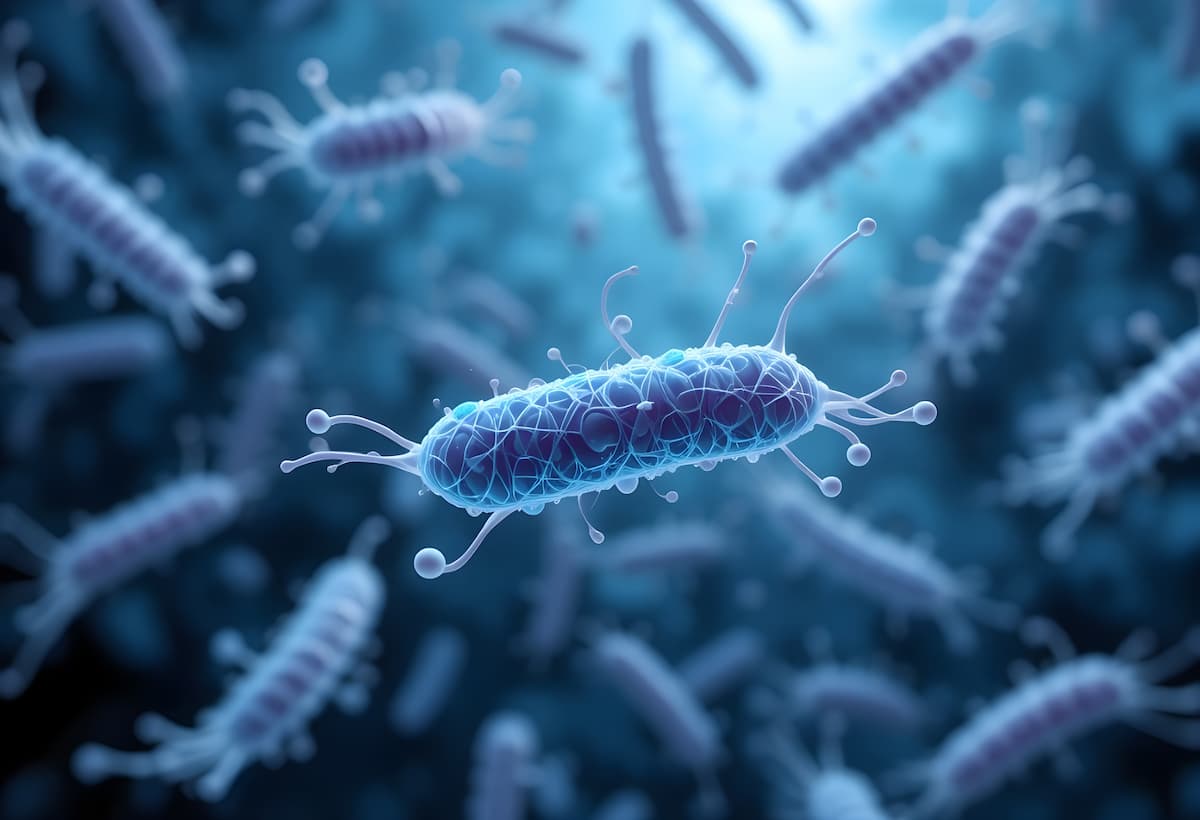Article
Cod Liver Oil: An Artistic Perspective
Author(s):
Traditionally, the World's Fair artistic exhibitions have incorporated elements from current scientific evolution. For example, families applied industrial science and the scientific method to everyday life in the early 20th century, so modern art emphasized reductionism in an ever more complicated world.
Traditionally, the World’s Fair artistic exhibitions have incorporated elements from current scientific evolution. For example, families applied industrial science and the scientific method to everyday life in the early 20th century, so modern art emphasized reductionism in an ever more complicated world.
Sometimes, health care providers can educate themselves beyond expectations by learning about art and, thereby, develop a greater appreciation for our current status. Such is the case with an article published in Environmental History that recounts the symbolism of Witold Gordon’s nutrition mural at the 1939 World’s Fair. Its focus, the mighty cod fish, is still a source of cod liver oil today.1
At the time, scientific discoveries suggested the possibility of synthetic food production. A newfound appreciation of the animals and plants necessary for sustenance replaced this attitude of separating food from nature. In a featured mural, Gordon included the whole animal (eg, sheep, cow, and chicken) instead of just the foodstuff (eg, lamb chop, steak, and breast). His mural expressed a reverence for nature, the ultimate provider, even though laboratories might make vitamins and proteins. He also educated fair visitors about vitamin sources.
Nutritional science once focused on the calorie production upon combustion, but the body doesn’t burn food to produce heat like a steam boiler, fireplace, or locomotive. The discovery of vitamins (previously considered simply ash) and their importance to health shifted the paradigm.
The article reminds us why vitamins are critical. The early 20th century brought increasing appreciation for humans’ complicated nutrient and micronutrient needs. Even individuals who derive all the macronutrients they need (eg, fats, proteins, carbohydrates, and nucleic acids) will still develop scurvy, beriberi, rickets, and an assortment of other disorders without adequate vitamin intake.
Cod liver oil was a staple in many homes in the 1930s and 1940s; in 1937, Americans consumed 5.79 million gallons of it. Gordon’s seafood mural included a cod venerating vitamin icons in the top left with lesser fish facing the cod. The positioning of the cod drew parallels with religious imagery. The deep trust in the “miracles of science” permeated culture and spurred pseudoscientific “cures” (like radioactivity quackery).
Cod liver oil’s vitamin D content staves off the then-common condition rickets and provides a myriad of benefits recognized increasingly. Evidence-based indications today include high triglycerides, hypertension, and some symptoms of diabetic kidney disease.
Gordon’s 1939 mural remains a reactionary view of a world moving away from its natural roots. Nature creates the essences necessary for life, and nutritional science seeks to understand how omnivorous humans best use these resources for our personal and societal health.
Reference
Lutz R. Still life with vitamins: art and science at the 1939 New York World’s Fair. Environmental History. 2016;21:365-378.
Newsletter
Stay informed on drug updates, treatment guidelines, and pharmacy practice trends—subscribe to Pharmacy Times for weekly clinical insights.





